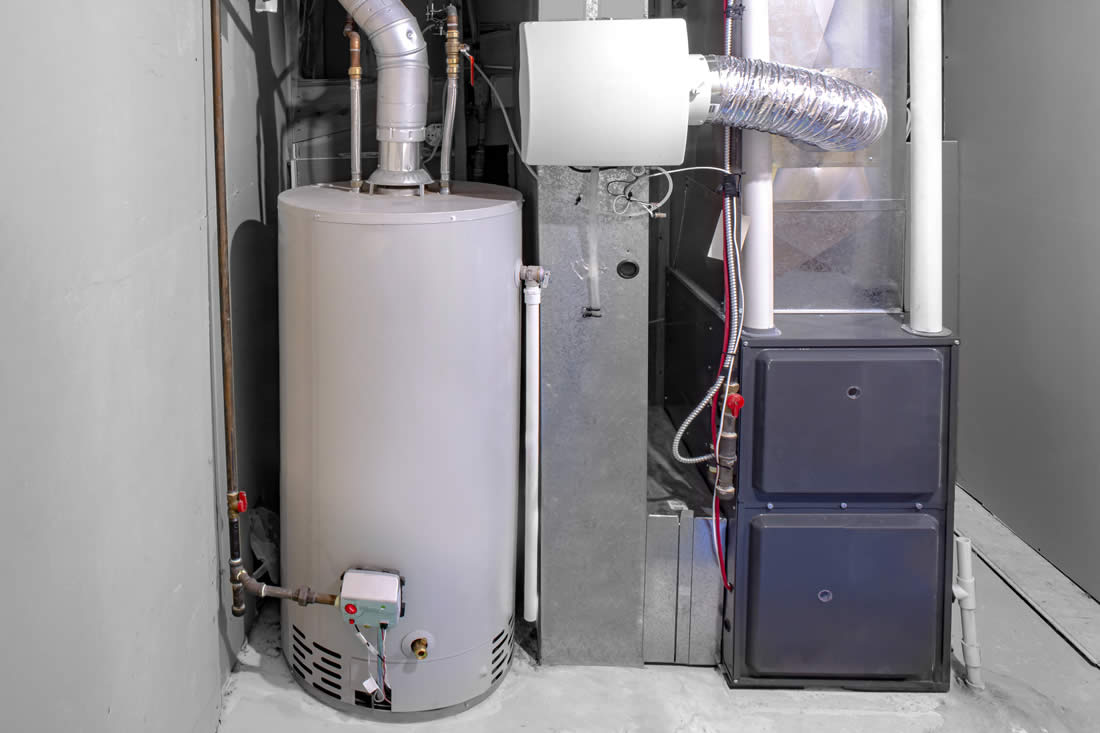Short cycling is a common problem that affects many gas furnaces. It refers to a situation where the furnace turns on and off frequently, often before it has had a chance to reach the desired temperature. This can lead to inefficient heating, increased wear and tear on the furnace, and higher energy bills. In this article, we will explore the causes of short cycling and provide detailed steps on how to fix this issue.
Understanding Short Cycling
Before we delve into the solutions, it’s important to understand what short cycling is and why it happens. Short cycling is typically a symptom of a larger problem with the furnace. It can be caused by a variety of issues, including an oversized furnace, a dirty air filter, or a malfunctioning thermostat.
Common Causes of Short Cycling
Let’s take a closer look at some of the most common causes of short cycling:
Oversized Furnace: If your furnace is too large for your home, it will heat the space quickly and then shut off. However, because the heat is not evenly distributed, the furnace will need to turn on again shortly after, leading to short cycling.
Dirty Air Filter: A dirty air filter can restrict airflow, causing the furnace to overheat and shut off prematurely.
Malfunctioning Thermostat: If your thermostat is not working properly, it may be sending incorrect signals to your furnace, causing it to turn on and off at the wrong times.
How to Fix Short Cycling
Now that we understand what causes short cycling, let’s explore how to fix it. The solution will depend on the underlying cause of the problem.
1. Replace the Air Filter
If a dirty air filter is causing your furnace to short cycle, the solution is simple: replace the air filter. This is something you can easily do yourself.
Here’s how:
- Turn off the furnace.
- Locate the air filter (usually found inside the furnace or inside the return air vent).
- Remove the old filter and replace it with a new one.
- Turn the furnace back on.
Replacing the air filter not only can fix short cycling, but it can also improve the overall efficiency of your furnace and improve the air quality in your home.
2. Check the Thermostat
If your thermostat is causing the short cycling, you may need to replace it. However, before you do that, try these troubleshooting steps:
- Make sure the thermostat is set to the correct temperature.
- Check the battery in the thermostat. If it’s low, replace it.
- Make sure the thermostat is level. If it’s not, it may not be reading the temperature correctly.
If these steps don’t fix the problem, you may need to replace the thermostat. This is a more complex task that may require professional help.
3. Consult a Professional
If replacing the air filter or troubleshooting the thermostat doesn’t solve the problem, it’s time to call in a professional. A trained HVAC technician can diagnose and fix the problem, whether it’s an oversized furnace, a malfunctioning thermostat, or something else entirely.
Preventing Short Cycling
Prevention is always better than cure. Here are some steps you can take to prevent short cycling:
Regular Maintenance: Regularly maintaining your furnace can help prevent many problems, including short cycling. This includes replacing the air filter regularly and having a professional inspect and service the furnace annually.
Proper Sizing: If you’re replacing your furnace, make sure to get one that’s the right size for your home. An oversized furnace can lead to short cycling and other problems.
Short cycling can be a frustrating problem, but with a little knowledge and some troubleshooting, you can often fix it yourself. Whether it’s replacing a dirty air filter, checking the thermostat, or calling in a professional, there are several ways to address and prevent short cycling. Remember, regular maintenance is key to keeping your furnace running efficiently and preventing problems before they start.

